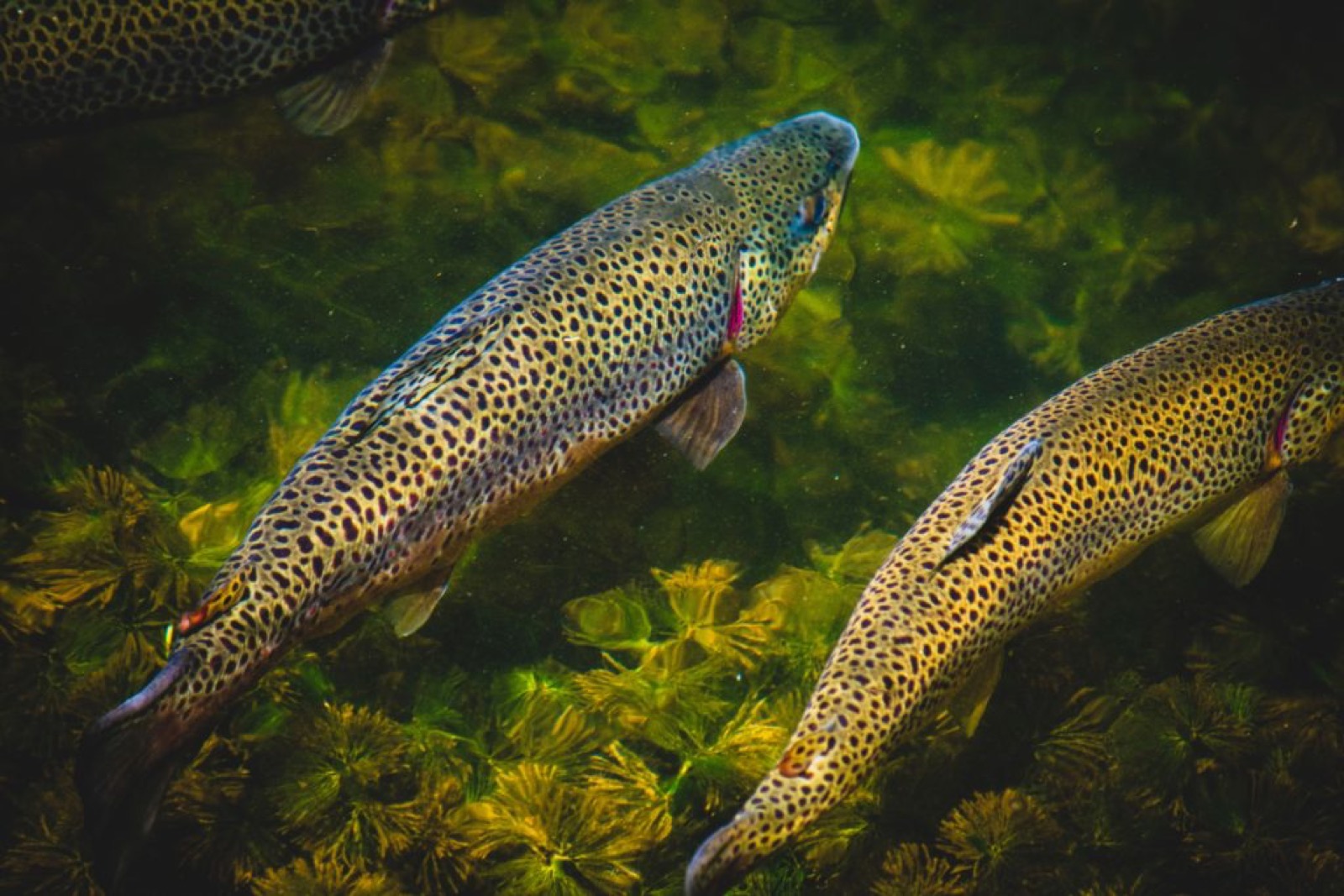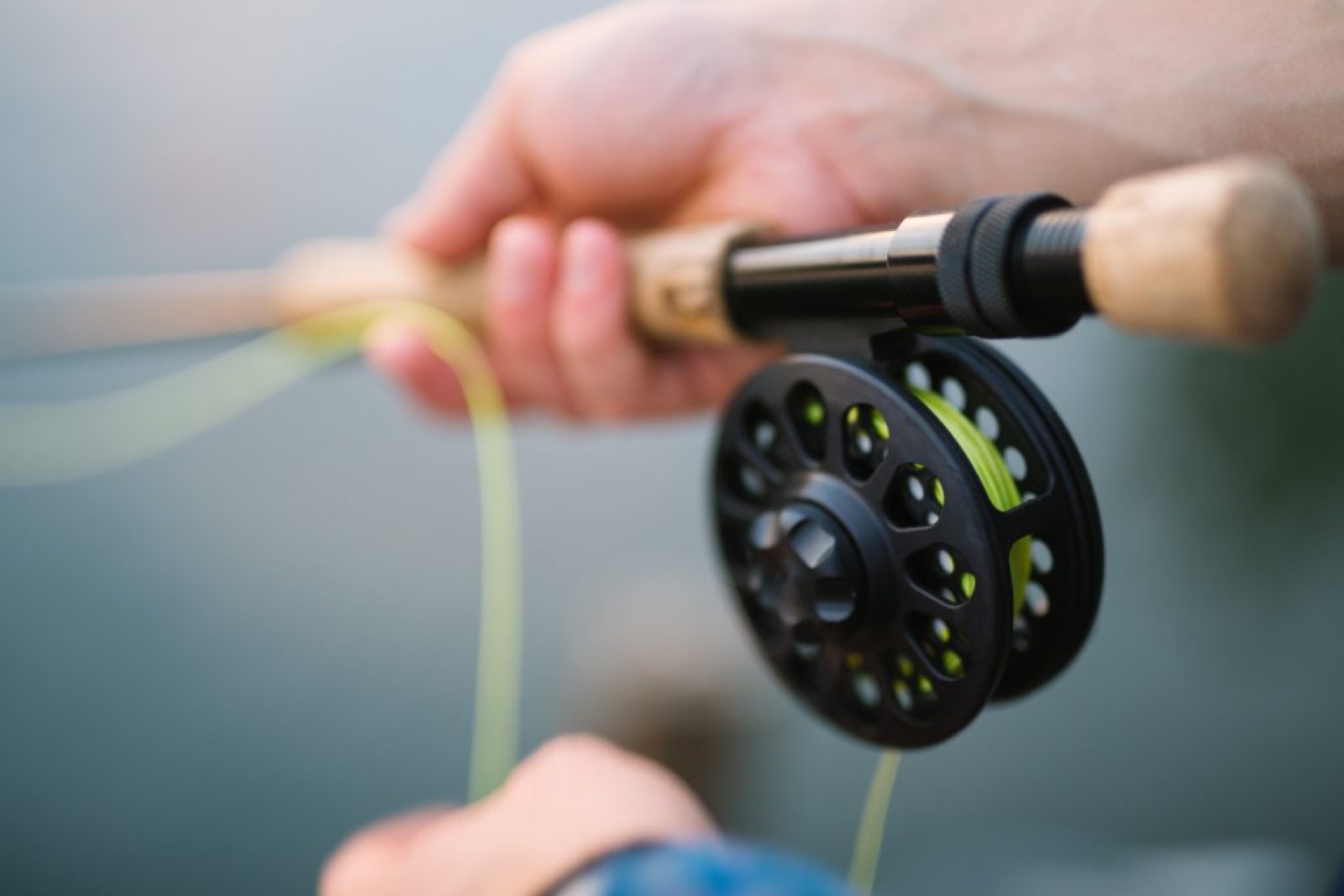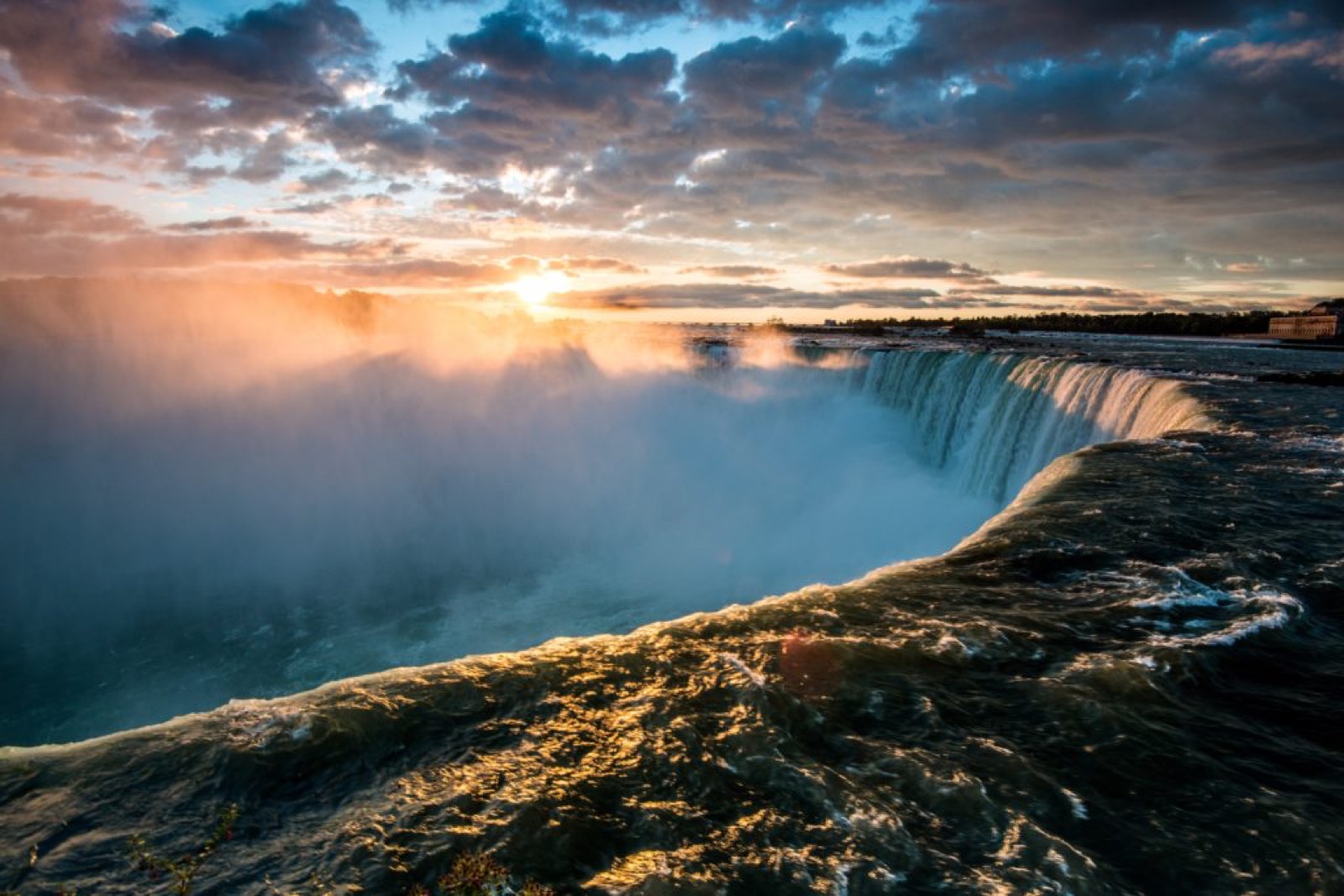Now is the Time to Catch Steelhead Around the Great Lakes
Posted on April 12, 2021 • 4 minutes • 741 words
Table of contents
Late October to Early May is the prime time for anglers looking to snag a big Steelhead trout. Although Rainbow trout are plentiful in large and small bodies of water across Canada, when you’re specifically looking for Steelhead trout the Great Lakes have many popular fishing destinations to consider. **It’s time to load up your tacklebox with your tried-and-tested steelhead fly patterns now that the ice has thawed and the fish are primed for spawning. **

Ideal Temperatures
As spring gets underway, Canada’s Great Lakes’ areas mid-40’s and 50’s averages are a warm welcome to anglers. Not only can you shed a few layers of clothing, but the thawing lakes affords you more freedom to actually cast steelhead flies and use techniques like drifting or swinging.
The warming temps also mean the fish swim around more and are a lot more willing to move to find food. That’s great news for fly fishing as they’re more likely to chase your steelhead fly and you don’t have to hit their exact location.
Bigger Steelhead
Averaging 15 pounds, winter-run Steelhead trout tend to be significantly larger than their summer-run siblings! Winter-run Steelhead return to the streams and tributaries in a mature state ready to spawn.
The fishing is also about to pick up for regular stream Rainbow trout when that season opens in late-April. Ontario’s Ministry of Natural Resources and Forestry (OMNR) offers more info about the local fish and habitats . The OMNR monitors the natural habitats and allows self-sustaining ones to flourish on their own, and focuses their stocking efforts on areas with low natural growth. You may start encountering more of the smaller Rainbows as well as Brown trout, as the Steelhead finish spawning and migrate back to the larger lakes. At only a few pounds, these Rainbow trout are much smaller than their migratory siblings, but are still one of the top game fish in Ontario. Pay attention to the calendar as the stream trout season doesn’t open until late-April.
Both Steelhead and stream Rainbows are fun to catch, but if you really want to snag a Steelhead, you’ll need the right flies and fly-fishing equipment for their size and eating habits. Head out soon before the post-spawn Steelhead drop back into the lake. And with a bit of patience and the proper techniques, you can still find a whopping Steelhead and you’ll be ready to catch it on the fly.

Steelhead Flies and Mono Line
If you’re even going to attract a Steelhead you need the right Steelhead fly patterns such as those that imitate fish eggs, stoneflies and baitfish. However due to regular fishing pressure, in order to actually catch one, you really need to ‘match the hatch’.
Do some research about the exact destination and time you plan to go. It’s helpful to seek suggestions and tips from pros like TheFlyStop experts’ go to Steelhead fly patterns and you can always find a ton of expert info on their blogs and resources. It’s very important to understand how the location and time will influence what kind of equipment and materials are most effective to hook one.
Also, you can’t just use any fishing line when trying to catch Steelhead trout. These fish have excellent vision, and the shallow waters make it even easier. Most expert anglers suggest using a monofilament line.
Environmental Conditions
The temperature, level and color of the water are significant factors in locating Steelhead. Those conditions also correlate with the type of Steelhead flies you need in order to hook one. In late winter to early spring, when temperatures range from 40-58 degrees, Steelhead are more aggressive as they prepare for the spawning season in mid- to late-April. Meaning, they’re more inclined to chase and respond to your active Steelhead fly patterns.
Sky coverage is another environmental factor to consider when fly fishing for Steelhead around the Great Lakes. Sunny skies with minimal cloud coverage are great to use reflective Steelhead flies. If it’s cloudy or raining, anglers generally find more success with single lures like eggs and egg sacks.
The cold temperatures and unpredictable winter have finally passed. It’s time to get outside and enjoy spring. If you’re looking for something to do, heading to Ontario’s many Great Lakes to catch Steelhead is worth considering. The weather is right and the fish are BIG! Use the tips provided above to increase your chances of catching something you’ll be proud to show off.




